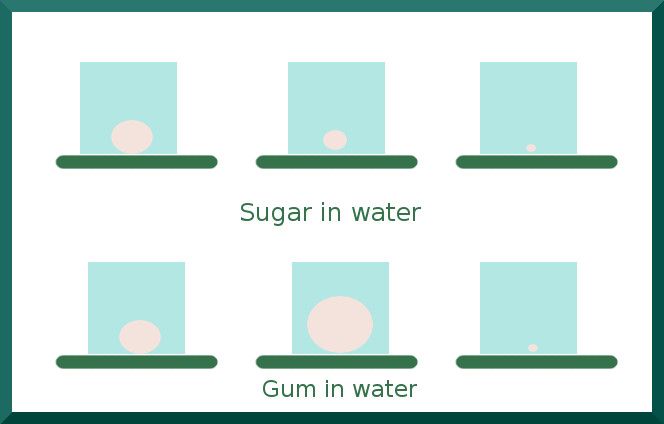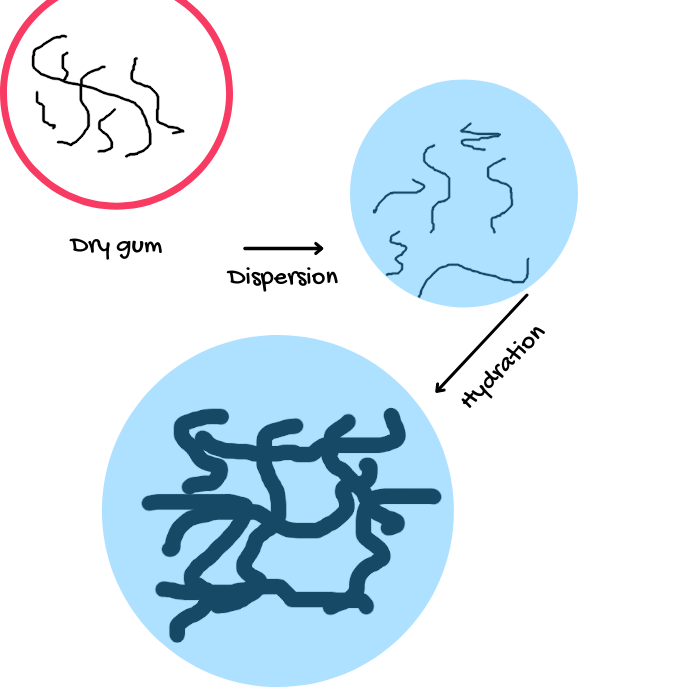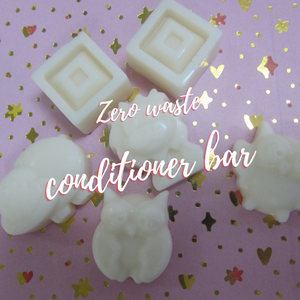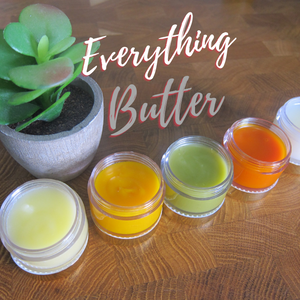Q&A with Elham
Todays' question comes from Ada.....
Ada has asked which stirrer she can use when making a low viscosity serum. Unfortunately you have not given us any information about the nature of your serum or the ingredients you are using Ada but I will quickly wrap up the possibilities:
1- You mean really low viscosity
You have an oil blend or a blend of water soluble active ingredients in water or another hydrophilic carrier and all of your ingredients are easily dispersed or dissolved in the carrier
In this case you can certainly use a magnetic stirrer. You even can blend small quantities with a spoon or spatula.
If your ingredients are all soluble/dispersible @room temperature a simple magnetic stirrer is quite enough but if you need heat to disperse/dissolve some ingredients then using a heater-stirrer combination is more useful.
You can refer to this old post to see what you can do and expect from a magnetic stirrer:
What you need to know about magnetic stirrers before you purchase one
2- You are using gums and hydrocolloids like in a gel serum
If you are using any gums or other ingredients that need more agitation for dispersion, then a magnetic stirrer is not enough and you will need an overhead stirrer or a homogenizer.
How natural gums work
What you need to know about natural gums (part I)
What you need to know about natural gums (part II): Gum blending

Gums are long chain polymers consisting of sugar units attached to each other. Each gum has its own number of sugars, number of units and conformation of the units in a certain 3dimensional way.
These units must be first dispersed in water. This means the distance between individual particles must be increased. This is why we use agitation to add the gums to the water. Another way of increasing the distance is blending the gum in glycerine or a glycol or even in the oil phase of an emulsion. They all increase the distance between individual particles.
The second step is the hydration and that means that each particle absorbs water and swells and increases its volume. When the polymer chains swell, they entangle and build a network in a certain way and that is what causes the increase in viscosity and the unique texture.

Each one of these steps must be performed separately and completely otherwise you don't get the max from the gum or even worse you will have lumps, instability and phase separation.
You can watch the video here for a detailed explanation.
These are some useful posts and videos from the past in which we explained about the possible ways of gum dispersion and hydration
How to disperse gums without clumping: 5 ways
Homogenizer or overhead stirrer?
So you're looking for a replacement for the unlucky "Kai Blendia"?
Kitchen meets...2 more artisanal methods to disperse gums
I hope this can help you find your answer and make a decision. If you are still confused and don't know what you need please try to share more information about your product. A photo or a short video or some information about the key ingredients (no need to share all of the formulation) so that we can help you further.
Stay safe and creative


